Essential Guide to RV Repair and Maintenance
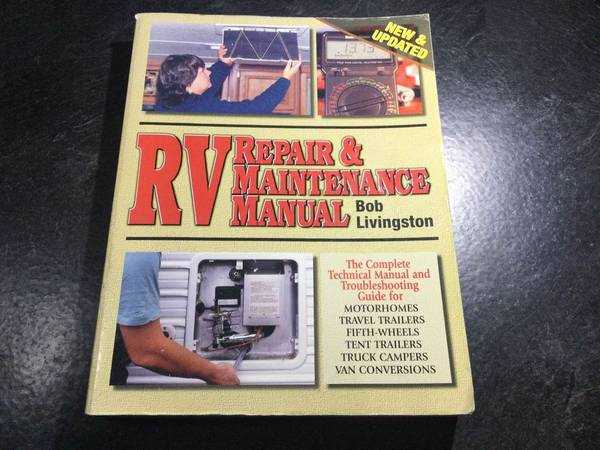
Ensuring the longevity and optimal performance of your recreational vehicle is essential for an enjoyable experience on the road. This section provides valuable insights into various aspects of looking after your vehicle, from routine check-ups to essential upkeep practices.
Understanding the importance of proper attention can greatly enhance the functionality and safety of your RV. By following straightforward recommendations, you can prevent common issues and extend the lifespan of your vehicle.
Whether you’re a seasoned traveler or a new enthusiast, having a solid grasp of care techniques will empower you to tackle challenges confidently. Embracing these practices not only enhances your journey but also fosters a deeper connection with your RV.
Essential Tools for RV Repair
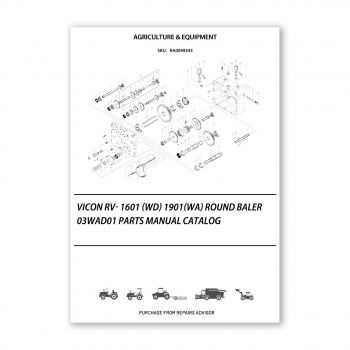
Having the right instruments is crucial for keeping your vehicle in top condition. These items enable you to address various issues effectively and ensure your journey remains uninterrupted. Knowing which tools are essential can make a significant difference in handling challenges that arise on the road.
Wrenches are fundamental for loosening and tightening bolts, making them indispensable for any vehicle enthusiast. Screwdrivers in different sizes and types allow for quick adjustments and installations, while pliers offer versatility in gripping and bending tasks. A quality jack is vital for lifting your vehicle safely, enabling you to inspect or change tires effortlessly.
Additionally, having a multimeter can assist in diagnosing electrical issues, while flashlights provide necessary illumination during low-light conditions. These essential instruments empower you to tackle various tasks with confidence and efficiency.
Understanding RV Maintenance Basics
Taking care of a recreational vehicle involves a variety of essential tasks that ensure its longevity and optimal performance. By familiarizing oneself with fundamental practices, owners can significantly enhance their experience on the road and avoid common pitfalls that may arise from neglect.
Key Components of RV Care

Several critical areas require attention to keep a vehicle in excellent condition. Regular checks and proactive measures can prevent minor issues from escalating into major concerns. Below is a table outlining these vital elements:
| Aspect | Recommended Frequency | Purpose |
|---|---|---|
| Fluid Levels | Monthly | Ensures optimal operation of engine and systems |
| Tire Condition | Before each trip | Promotes safety and fuel efficiency |
| Battery Health | Seasonally | Prevents unexpected breakdowns |
| Exterior Inspection | Monthly | Identifies potential leaks or damage |
| Interior Systems | Biannually | Ensures comfort and functionality |
Importance of Regular Upkeep
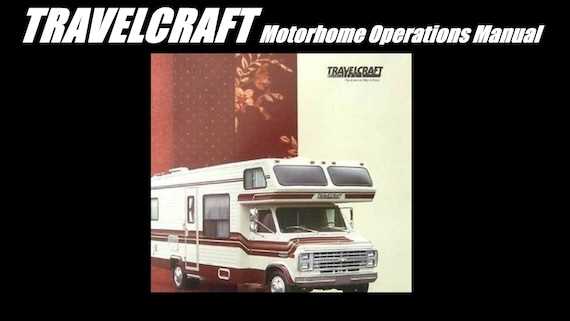
Consistent attention to these aspects not only enhances the lifespan of a vehicle but also contributes to a safer and more enjoyable journey. Adopting a systematic approach can transform the experience of owning a recreational vehicle into one filled with adventure and peace of mind.
Common Issues in Recreational Vehicles
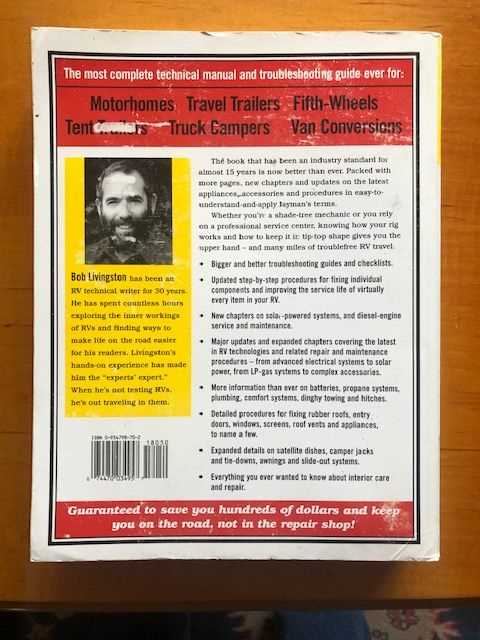
Recreational vehicles often face a variety of challenges that can impact their performance and comfort. Understanding these common problems can help owners take proactive steps to enhance their traveling experience. By recognizing potential pitfalls, one can ensure a smoother journey and prolong the lifespan of their vehicle.
Electrical System Failures
The electrical systems in recreational vehicles are crucial for various functions, from lighting to powering appliances. Issues such as blown fuses, faulty wiring, or battery failures can arise unexpectedly. Regular checks and timely troubleshooting can mitigate these problems and keep everything functioning properly.
Plumbing Concerns
Another frequent area of concern involves the plumbing systems. Leaks, clogs, or malfunctions in water supply can lead to significant inconveniences. Proper usage and periodic inspections of pipes and fixtures can help avoid these disturbances, ensuring a more enjoyable experience on the road.
Preventive Measures for Long-lasting Performance
Implementing effective strategies to ensure optimal functionality is essential for achieving enduring operation. These proactive steps contribute significantly to enhancing the longevity and reliability of equipment. Regular attention to specific areas can prevent future complications, ensuring that your investment remains efficient and dependable over time.
Regular Inspections
Conducting routine evaluations plays a crucial role in identifying potential issues before they escalate. Systematic checks help in recognizing wear and tear, enabling timely actions to address minor concerns. This practice not only preserves functionality but also promotes safety and efficiency.
Proper Storage Techniques
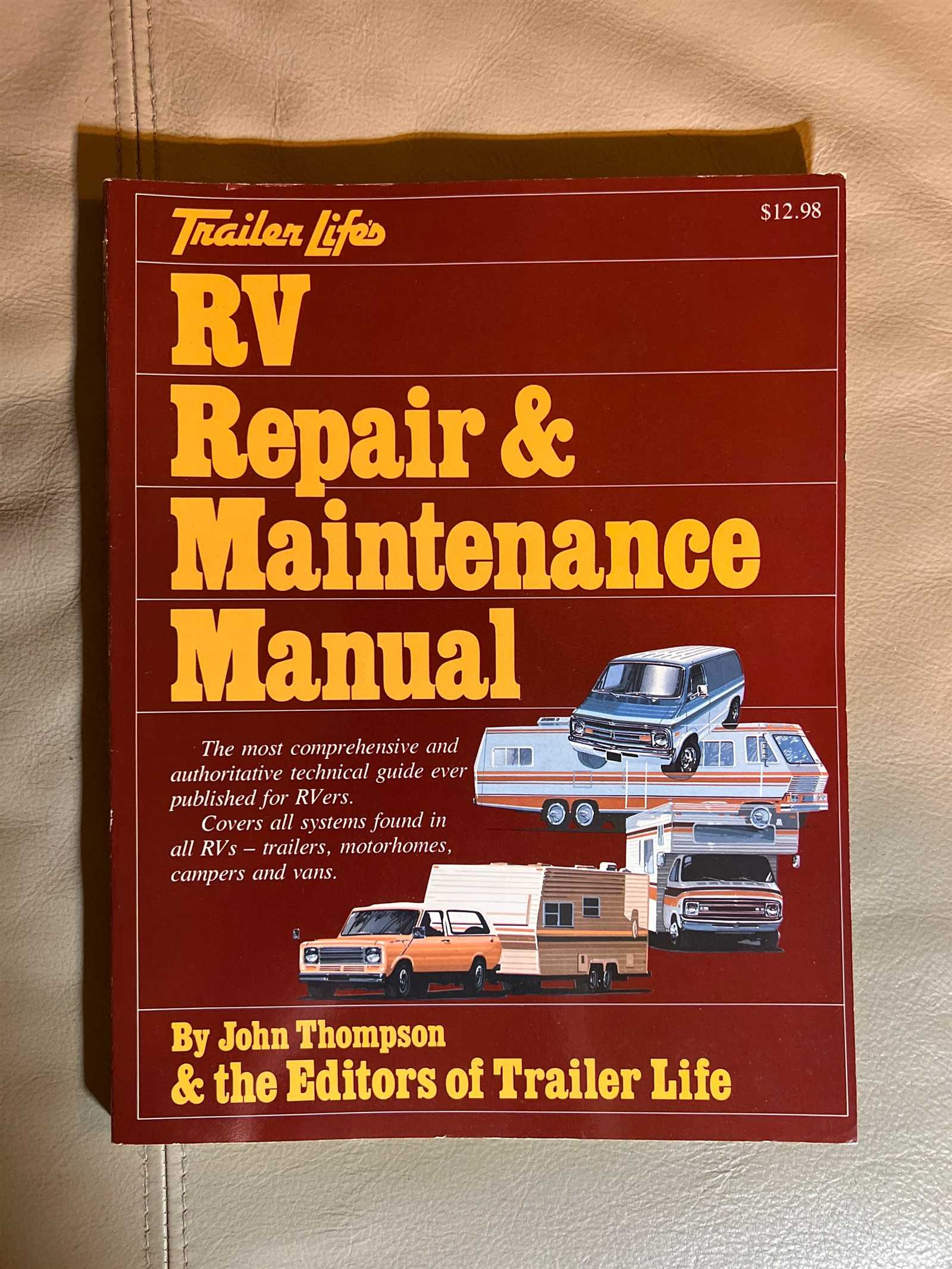
Storing equipment appropriately is vital for safeguarding its integrity. Utilizing suitable conditions protects against environmental factors that could lead to deterioration. Adopting effective storage solutions can greatly enhance overall performance and extend the lifespan of the machinery.
| Inspection Frequency | Common Issues Detected | Recommended Action |
|---|---|---|
| Monthly | Fluid leaks | Check seals and connections |
| Quarterly | Wear on parts | Replace worn components |
| Annually | Overall condition | Comprehensive assessment and servicing |
Step-by-Step Guide to Tire Care
Taking proper care of your vehicle’s tires is essential for ensuring safety and enhancing performance. This section outlines crucial practices to keep your tires in optimal condition, ultimately prolonging their lifespan and improving your driving experience.
Inspect Regularly: Start by checking your tires for any visible damage, such as cracks or foreign objects lodged in the tread. Regular inspections help identify potential issues early on.
Monitor Tire Pressure: Maintaining the correct air pressure is vital. Use a reliable gauge to check the pressure monthly and adjust it according to the manufacturer’s recommendations. Proper inflation improves fuel efficiency and handling.
Rotate Tires: To promote even wear, it’s advisable to rotate your tires every 5,000 to 8,000 miles. This practice helps balance the wear across all tires, ensuring better performance and longevity.
Check Tread Depth: Adequate tread depth is crucial for traction and safety. Use the penny test or a tread depth gauge to assess the wear. If the tread is too shallow, consider replacing the tires.
Clean Tires: Regular cleaning removes dirt and debris that can damage the rubber over time. Use a mild soap and a soft brush to gently clean the tires and maintain their appearance.
Store Properly: If you need to store tires, keep them in a cool, dry place away from direct sunlight. Avoid stacking them flat; instead, store them upright or hang them to prevent deformation.
By following these steps, you can ensure your tires remain in excellent condition, contributing to a safer and more enjoyable driving experience.
Electrical System Troubleshooting Techniques
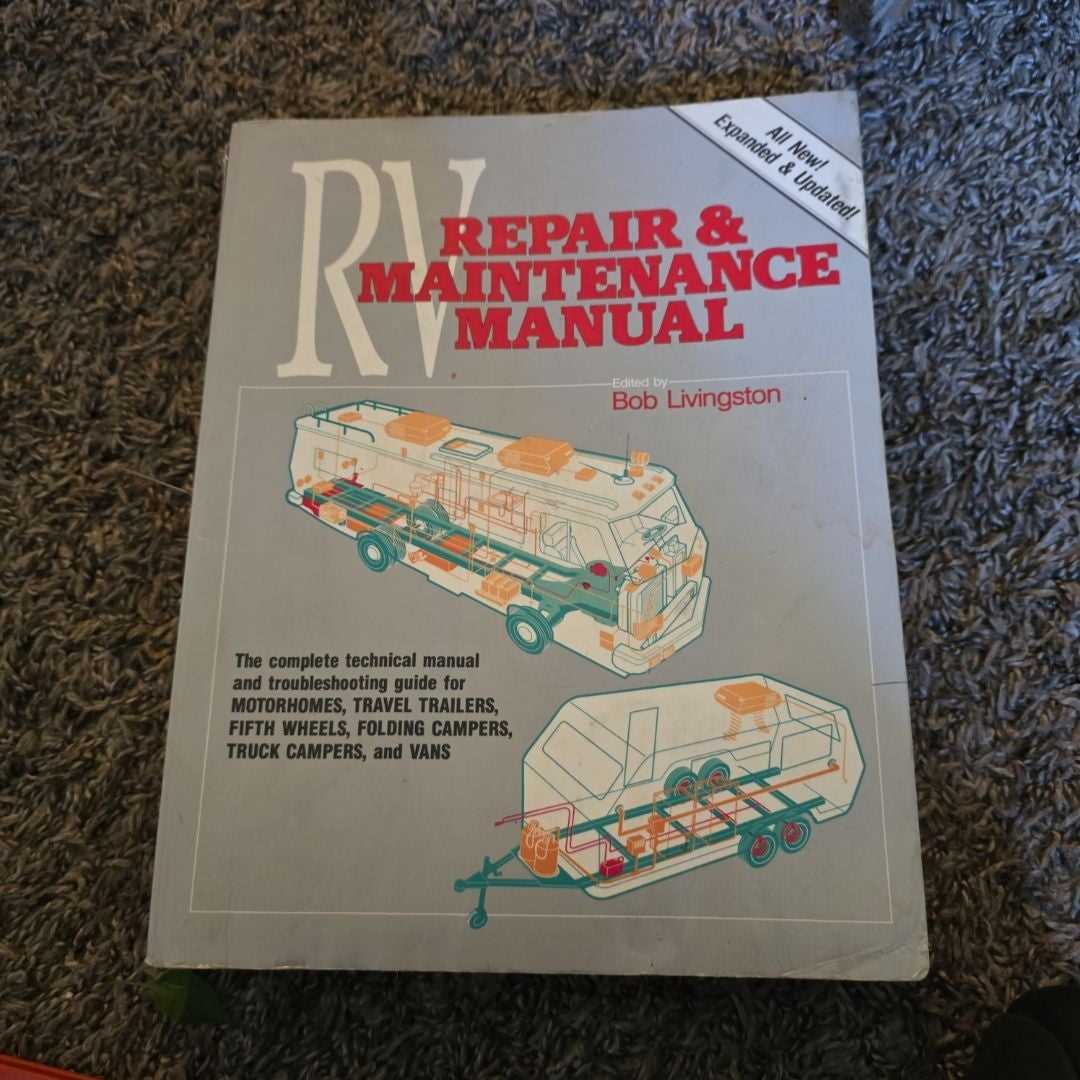
This section provides a comprehensive overview of methods for diagnosing issues within the electrical systems of recreational vehicles. By employing systematic approaches, users can identify problems efficiently, ensuring the functionality of various components.
Common Symptoms to Observe
- Inconsistent power supply
- Dim or flickering lights
- Unresponsive appliances
- Blown fuses
Step-by-Step Diagnostic Process
- Check battery voltage with a multimeter.
- Inspect wiring for damage or corrosion.
- Test fuses for continuity.
- Verify connections at terminals and junctions.
By following these techniques, users can effectively pinpoint issues, allowing for timely interventions to restore functionality. Regular assessments can prevent future complications and enhance the overall reliability of the electrical system.
Proper Fluid Checks and Changes
Regular examination and replacement of various liquids are essential for ensuring the optimal performance of your vehicle. These procedures help maintain the efficiency of critical systems and contribute to overall longevity. Keeping fluids at the correct levels not only enhances functionality but also prevents potential issues down the line.
Begin by identifying the types of fluids that require routine checks. This includes engine oil, coolant, transmission fluid, brake fluid, and power steering fluid. Each fluid plays a vital role in the operation of specific components. For instance, engine oil lubricates moving parts, while coolant regulates temperature.
To conduct a thorough inspection, locate the appropriate dipsticks or reservoirs. For engine oil, remove the dipstick, wipe it clean, reinsert it, and then check the level. Ensure it falls within the recommended range. If levels are low, top off with the suitable oil type. Similar steps apply to other fluids; however, be cautious about mixing different types, as this can lead to complications.
Changing fluids involves draining the old liquid and replacing it with fresh. This process varies by type but typically includes using a drain plug or suction method. Always consult guidelines for specific intervals and quantities. Regularly replacing fluids helps prevent buildup and degradation, ensuring all systems operate smoothly.
By incorporating these practices into your routine, you can greatly enhance your vehicle’s reliability. Consistent fluid checks and changes are fundamental to achieving optimal performance and extending the lifespan of essential components.
Heating and Cooling System Maintenance

Ensuring optimal performance of your vehicle’s climate control system is essential for comfort and safety. Regular attention to its components can enhance efficiency, prolong lifespan, and prevent unexpected issues. This section outlines key practices to keep this vital system functioning smoothly.
Essential Components
Understanding the main parts involved in the climate control system can aid in proper oversight. Key elements include the compressor, condenser, evaporator, and blower motor. Each component plays a crucial role in maintaining the desired temperature within the vehicle.
Best Practices
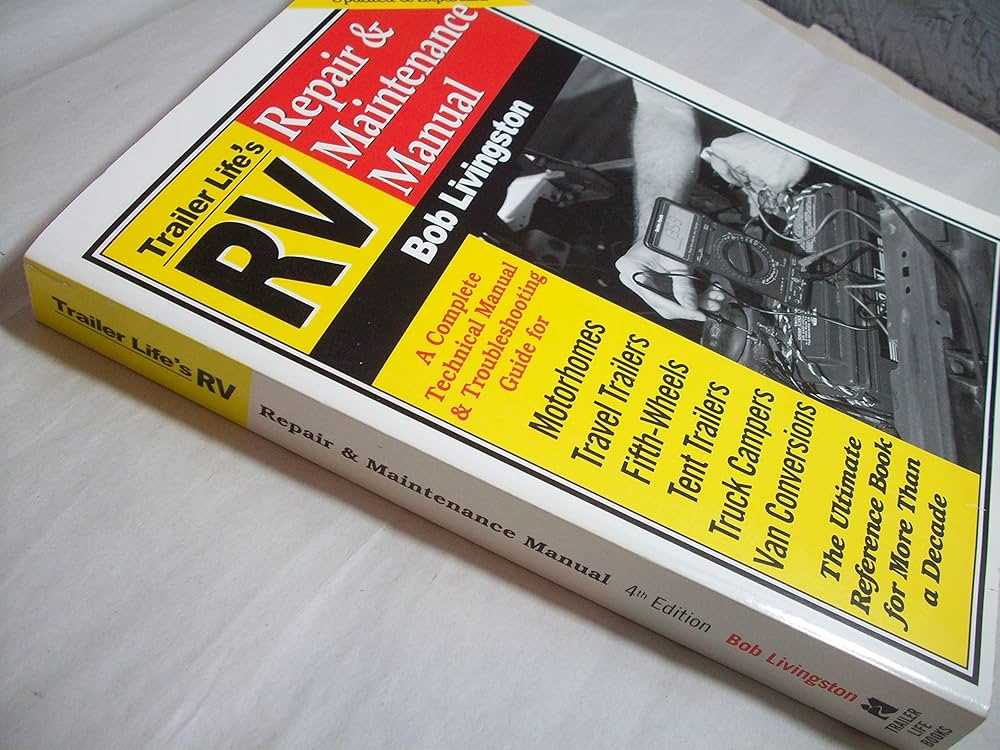
To promote effective operation, consider implementing the following actions:
| Task | Frequency | Description |
|---|---|---|
| Check coolant levels | Monthly | Ensure the coolant is at the appropriate level to avoid overheating. |
| Inspect filters | Every 6 months | Replace or clean filters to ensure clean airflow and efficiency. |
| Examine belts and hoses | Yearly | Look for wear and tear, replacing any damaged components as needed. |
| Test system functionality | Seasonally | Run the system to check for unusual noises or inefficiencies. |
Interior Care: Upholstery and Flooring
Maintaining the interior of a recreational vehicle involves paying close attention to both upholstery and flooring. These elements not only contribute to the overall aesthetics but also influence the comfort and longevity of your living space. Proper care helps preserve their appearance and functionality, ensuring a pleasant environment during your travels.
Upholstery Care
Regular cleaning is essential for upholstery, as it can accumulate dirt and stains over time. Vacuuming frequently removes loose debris, while spot cleaning with suitable solutions can address more stubborn marks. Protecting fabric with appropriate treatments can also enhance durability and resistance to spills.
Flooring Maintenance
Different flooring materials require specific approaches to upkeep. For carpets, regular vacuuming and occasional deep cleaning will maintain freshness. Hard surfaces should be swept and mopped with recommended cleaners to avoid damage. Applying protective coatings can further extend the life of your flooring.
Exterior Protection and Care Tips
Ensuring the longevity of your vehicle’s exterior requires consistent attention and appropriate protective measures. By implementing simple yet effective practices, you can safeguard against environmental elements, thus maintaining both aesthetic appeal and structural integrity.
Regular Cleaning
Frequent washing is essential to remove dirt, grime, and contaminants that can cause damage over time. Utilize suitable cleaning agents designed for automotive surfaces to prevent scratches and preserve finishes.
Protective Coatings
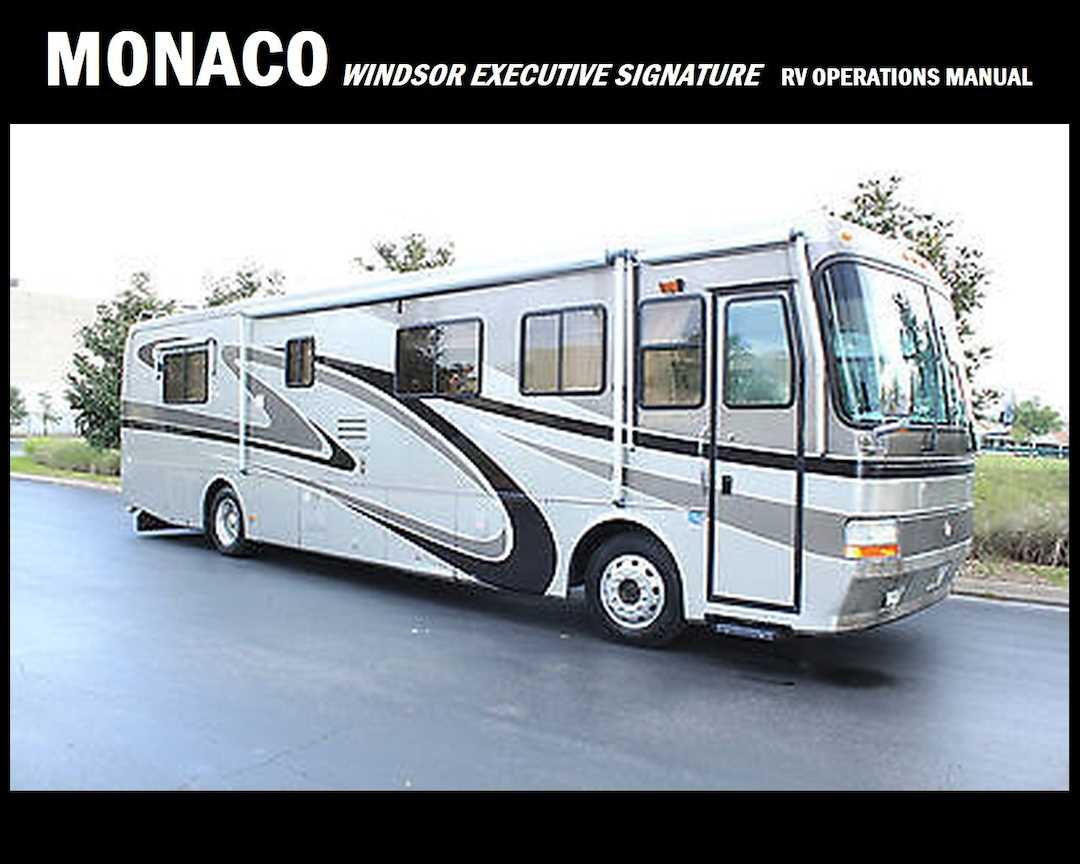
Applying protective layers, such as wax or sealants, enhances shine while providing a barrier against UV rays and pollutants. These coatings help in preventing oxidation and fading, ensuring your vehicle remains visually appealing.
| Tip | Description |
|---|---|
| Use Microfiber Cloths | Opt for soft materials to avoid scratching surfaces during cleaning. |
| Apply Wax Regularly | Reapply every few months for optimal protection against the elements. |
| Park in Shade | Minimize sun exposure to prevent paint fading and interior damage. |
Safety Checks Before Every Trip
Ensuring a secure journey begins with thorough inspections before setting off. Regular evaluations can significantly enhance your experience and reduce risks associated with travel.
First, assess the overall condition of your vehicle. Examine tires for proper inflation and tread wear, as these factors are crucial for stability on the road. Additionally, check the fluid levels, including oil, coolant, and brake fluid, to avoid any unforeseen complications during your travels.
Next, inspect the electrical systems, such as headlights and turn signals, to ensure they are functioning correctly. Visibility is essential for safety, especially in low-light conditions. Confirm that all emergency equipment, like first aid kits and fire extinguishers, are accessible and in good condition.
Finally, take a moment to review your travel plans and route. Familiarizing yourself with the journey ahead allows for better preparedness and peace of mind while on the road.
Resources for Finding Replacement Parts
When it comes to acquiring components for your vehicle, knowing where to look can make all the difference. Various platforms and sources offer a wide selection of parts, ensuring you can keep your vehicle in optimal condition. Whether you’re seeking to enhance performance or replace worn-out items, accessing reliable resources is essential.
Online marketplaces are a popular choice for many. Websites dedicated to automotive supplies provide an extensive inventory of parts, often accompanied by user reviews to guide your decision-making. Additionally, local auto parts stores can be valuable, offering personalized assistance and immediate availability. Engaging with community forums and groups can also yield insights from fellow enthusiasts, sharing their recommendations on reputable suppliers.
Furthermore, manufacturers often have dedicated websites or customer service lines that can help you find authentic components tailored for your specific model. Don’t overlook salvage yards, which can be treasure troves for hard-to-find items at a fraction of the cost. Always ensure to verify the compatibility and quality of any part before making a purchase.